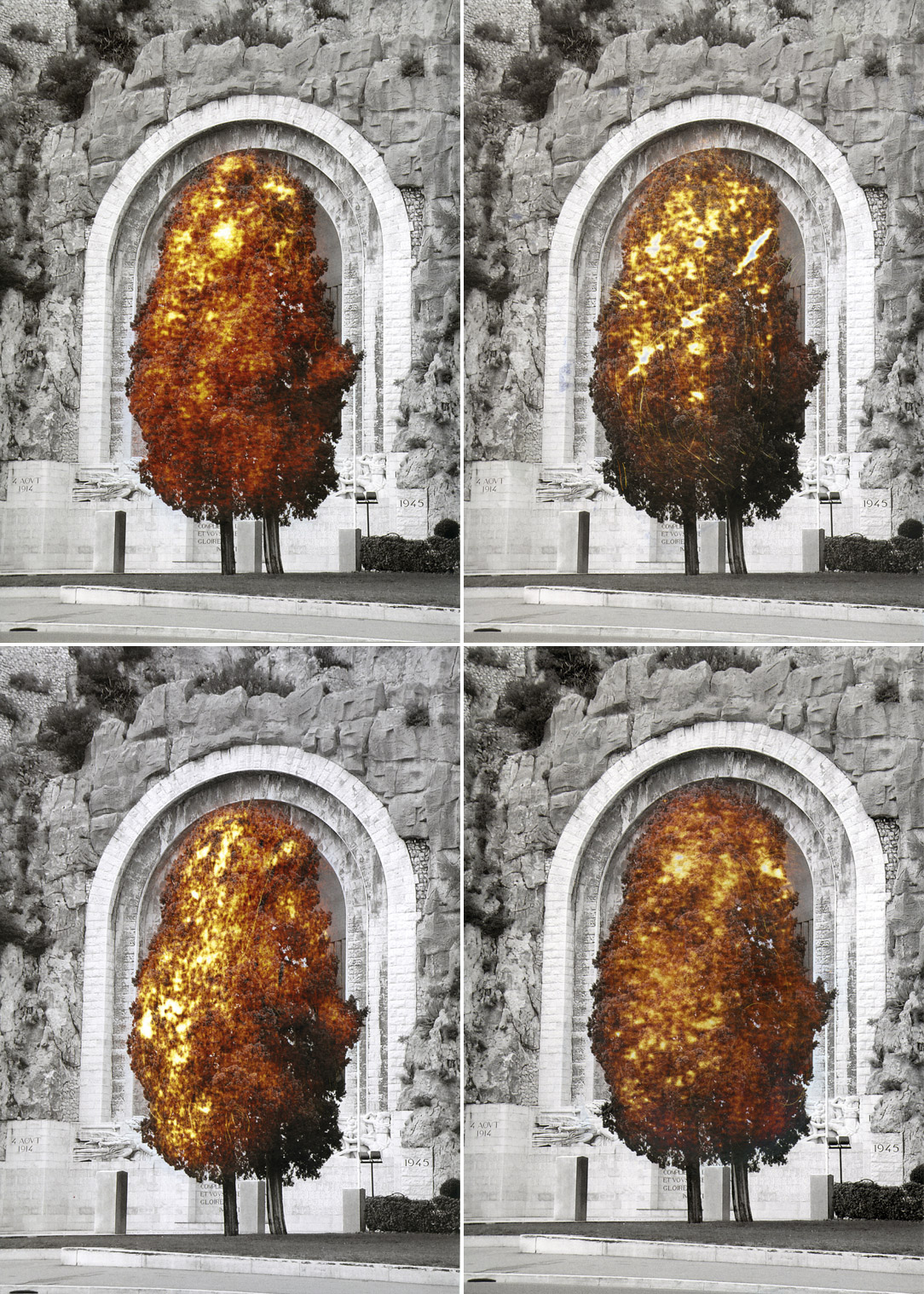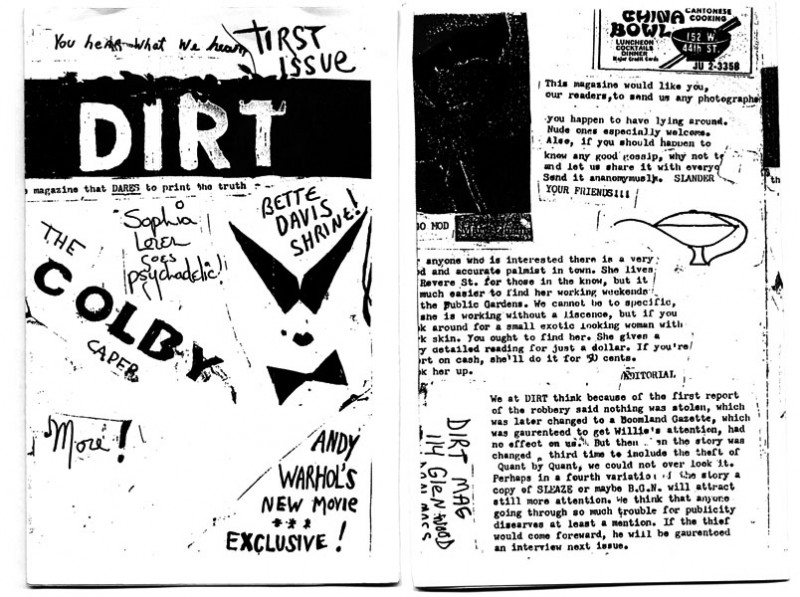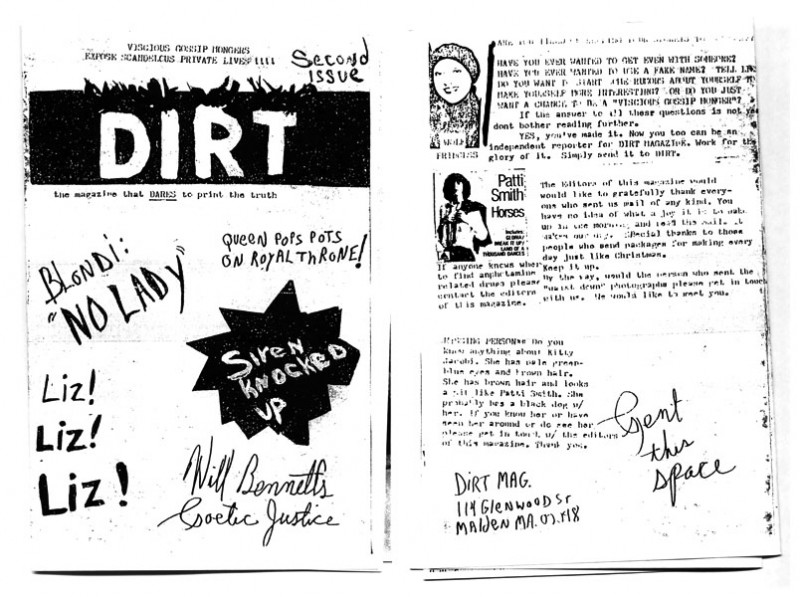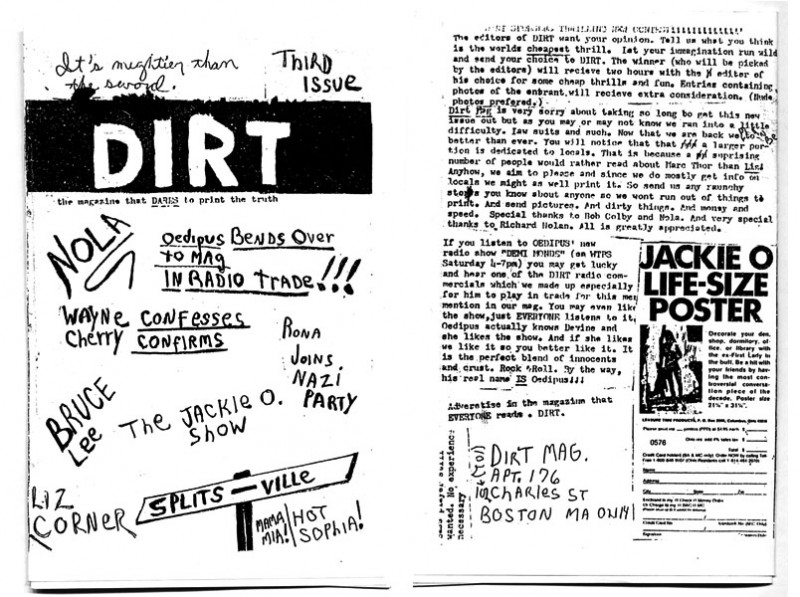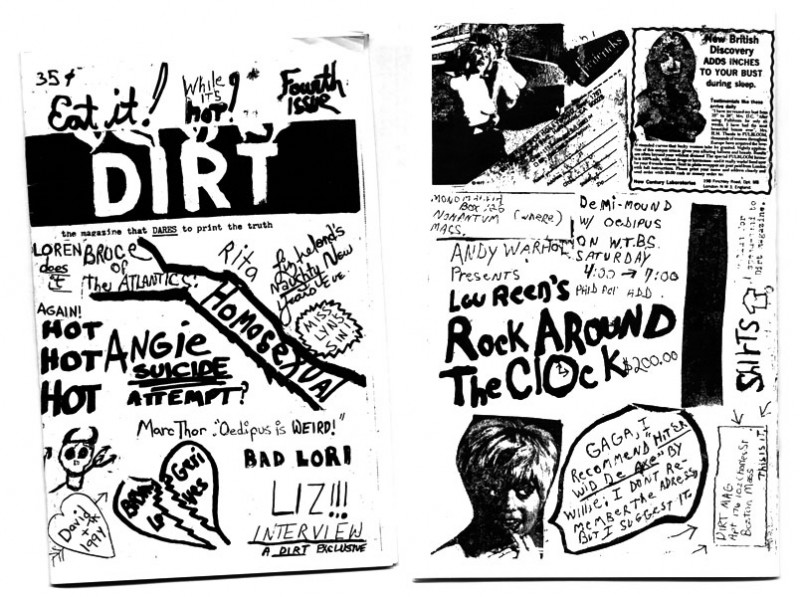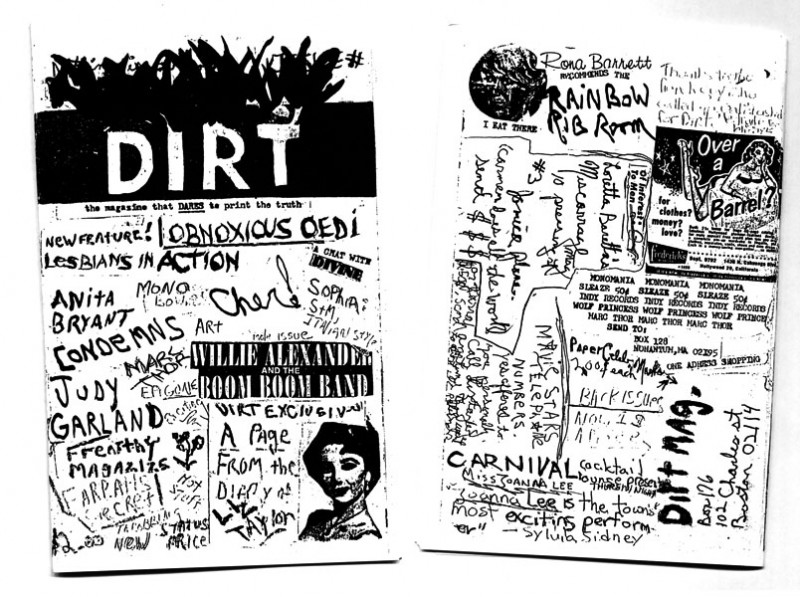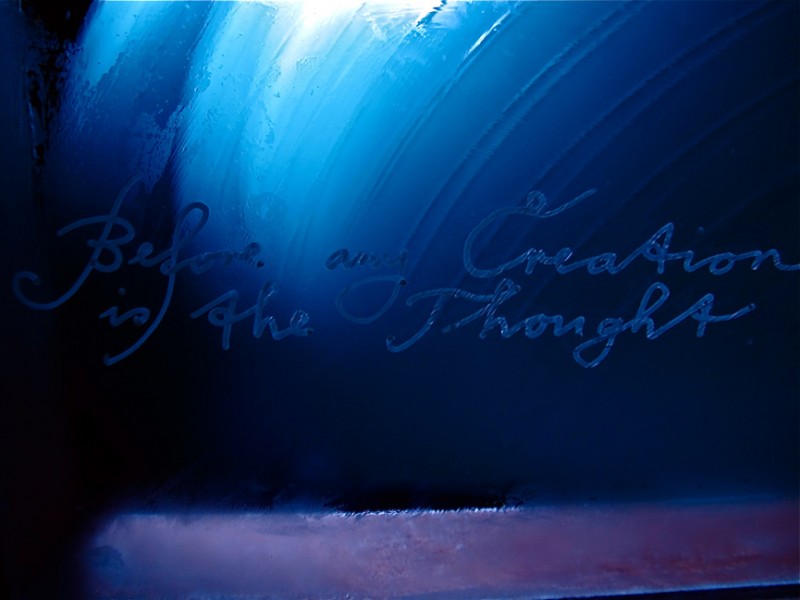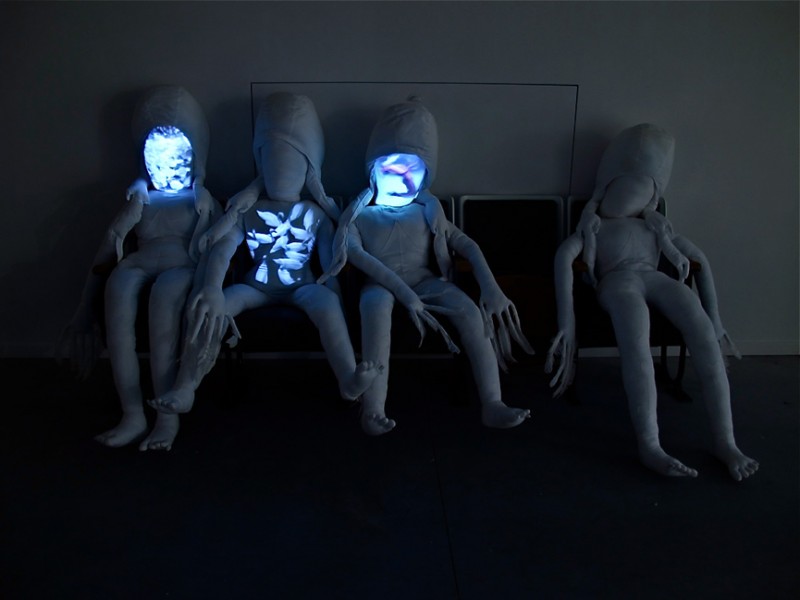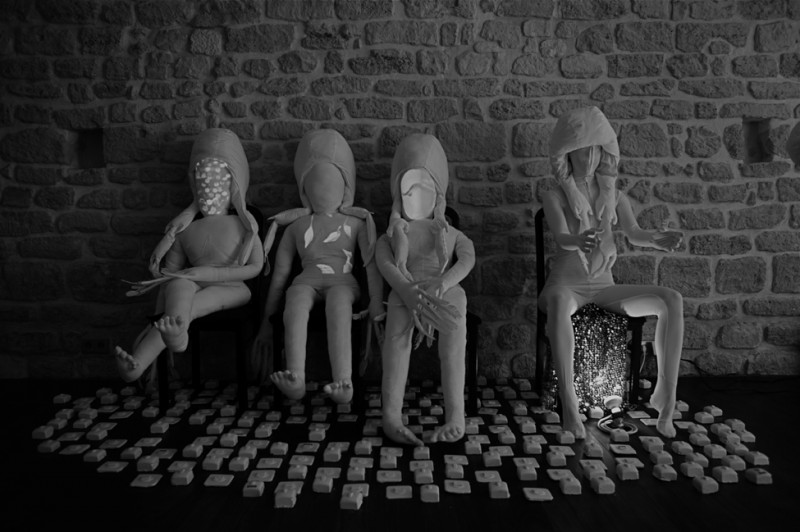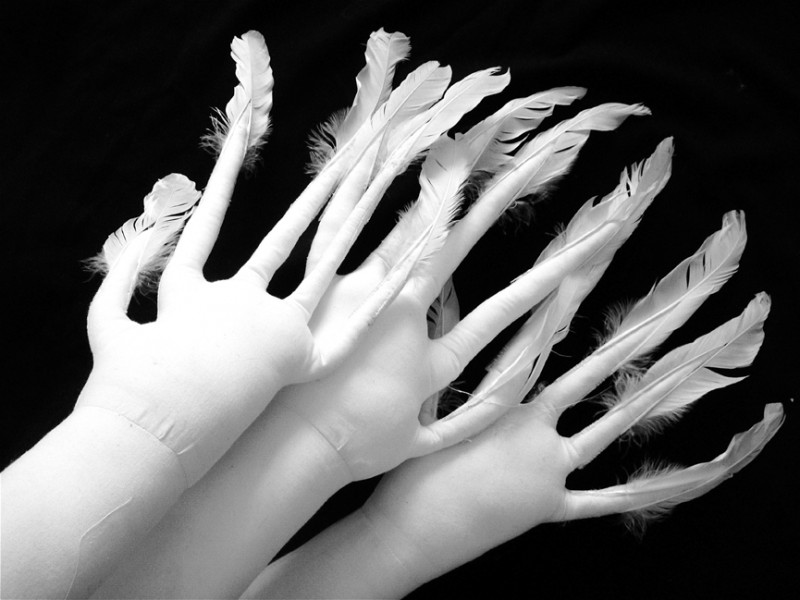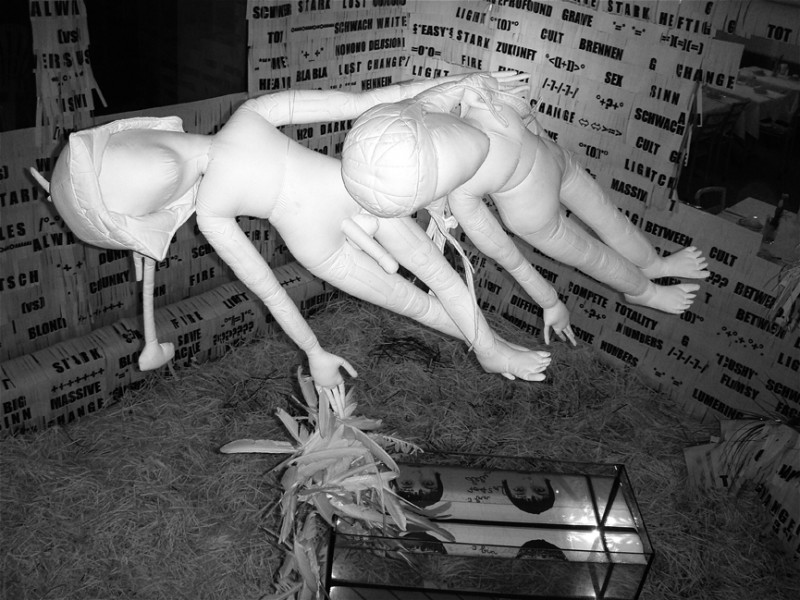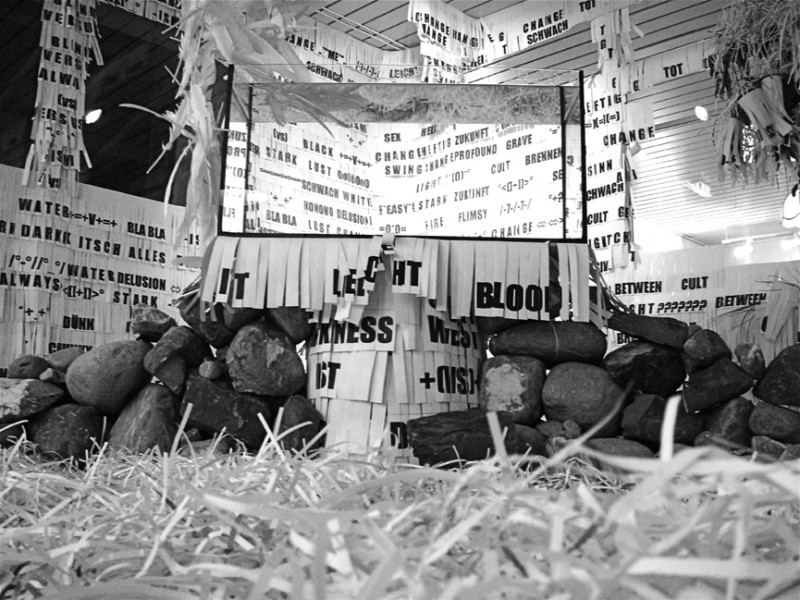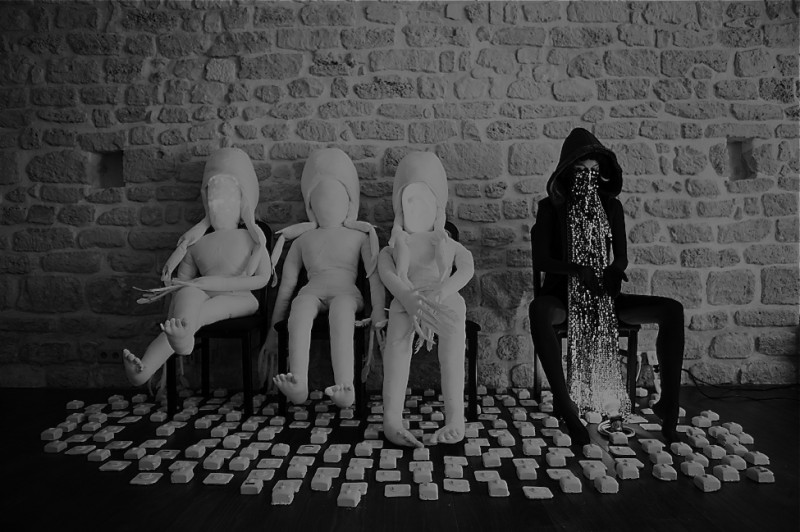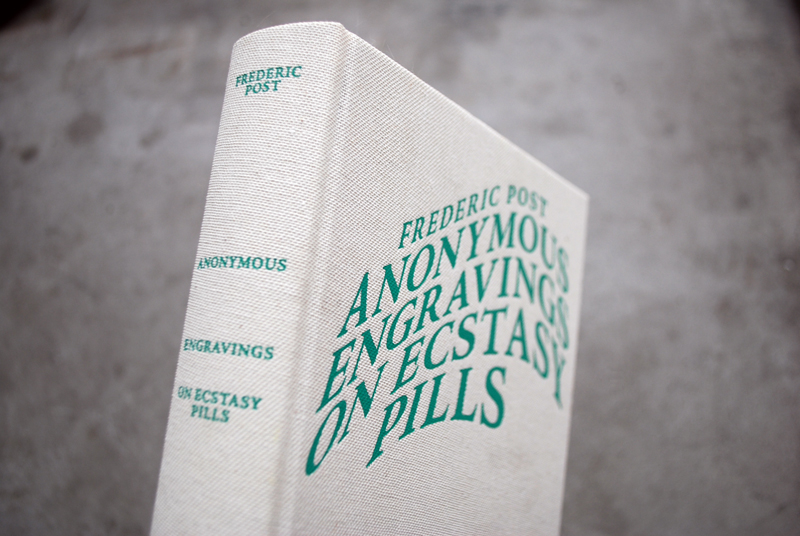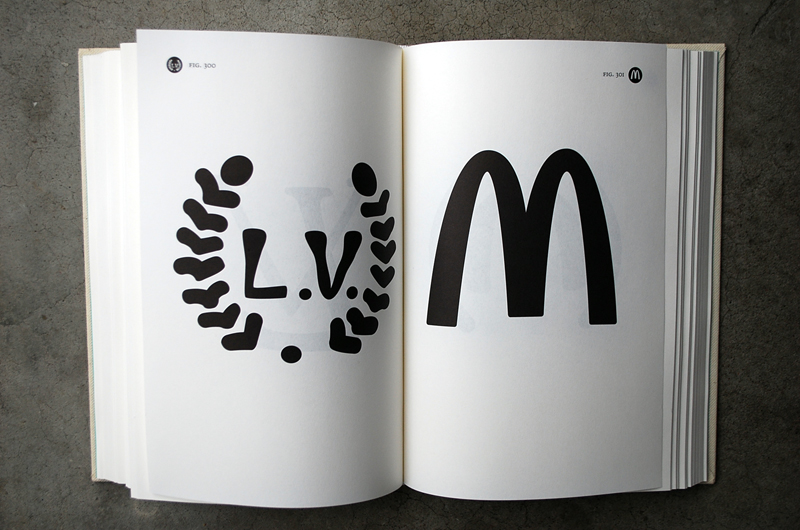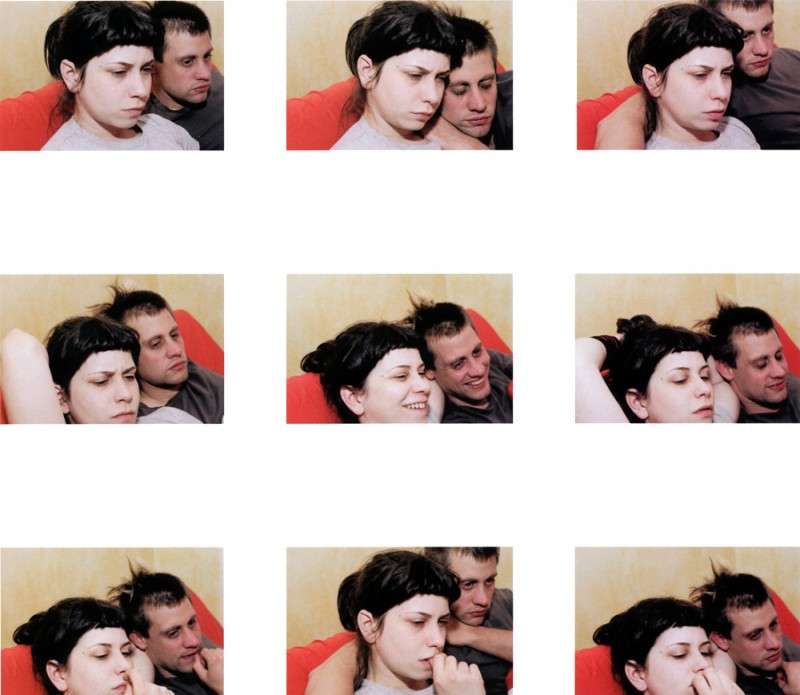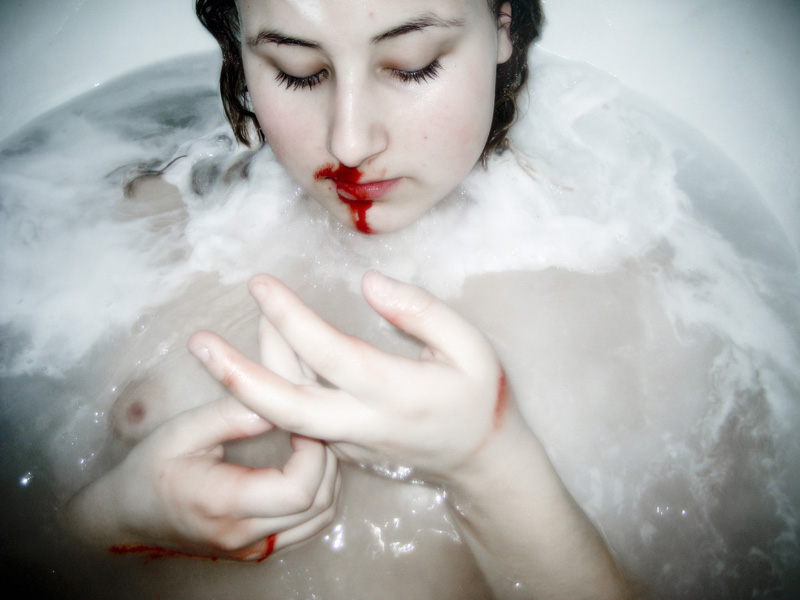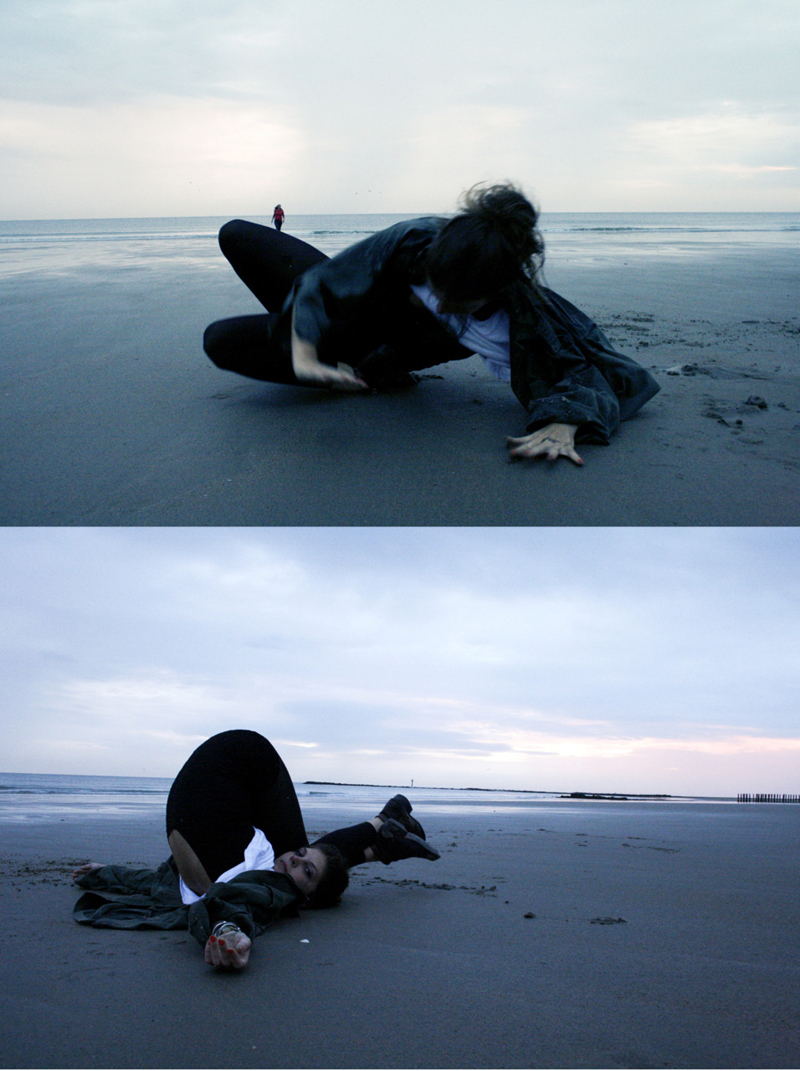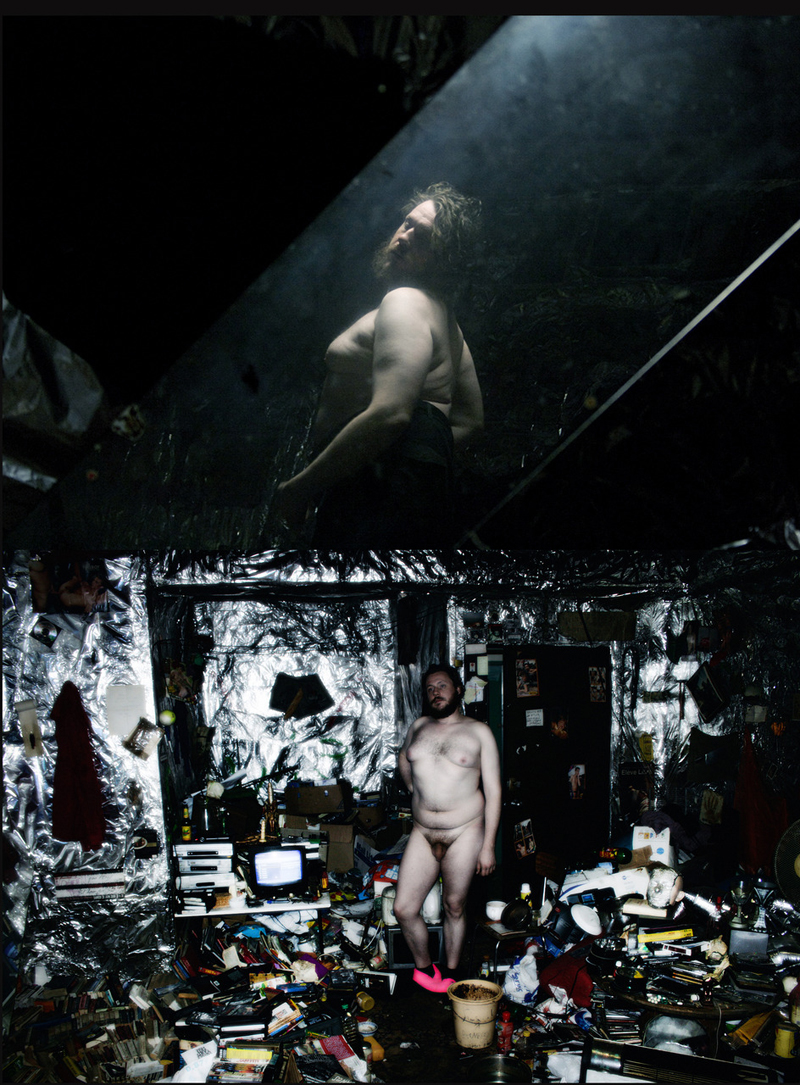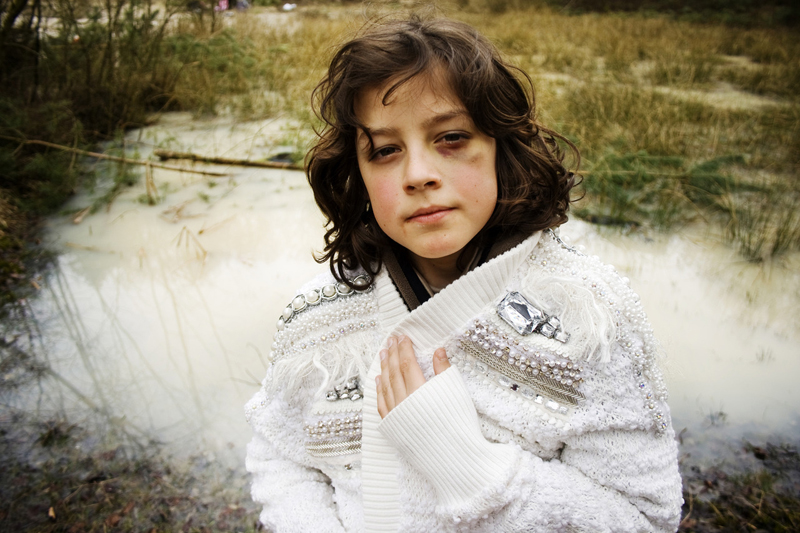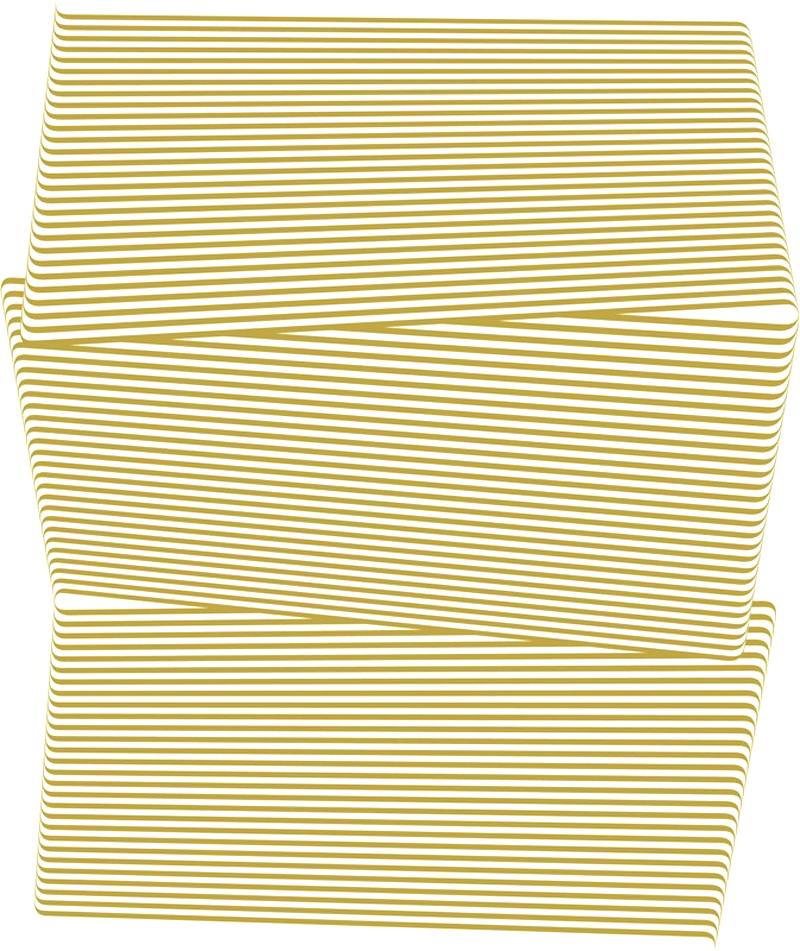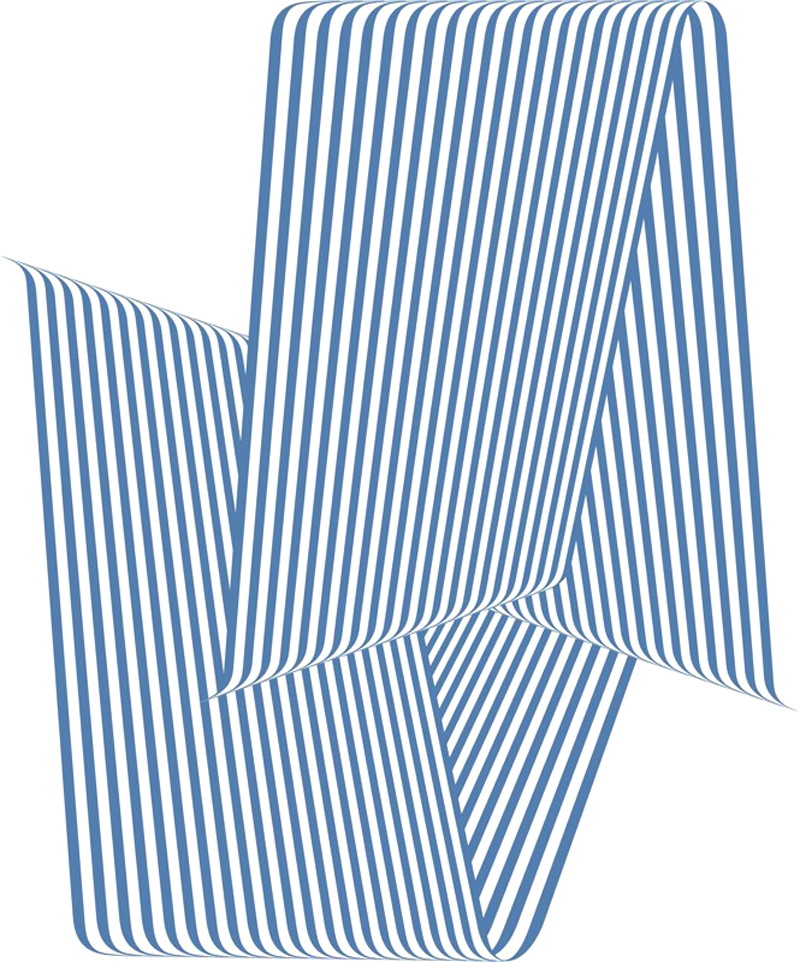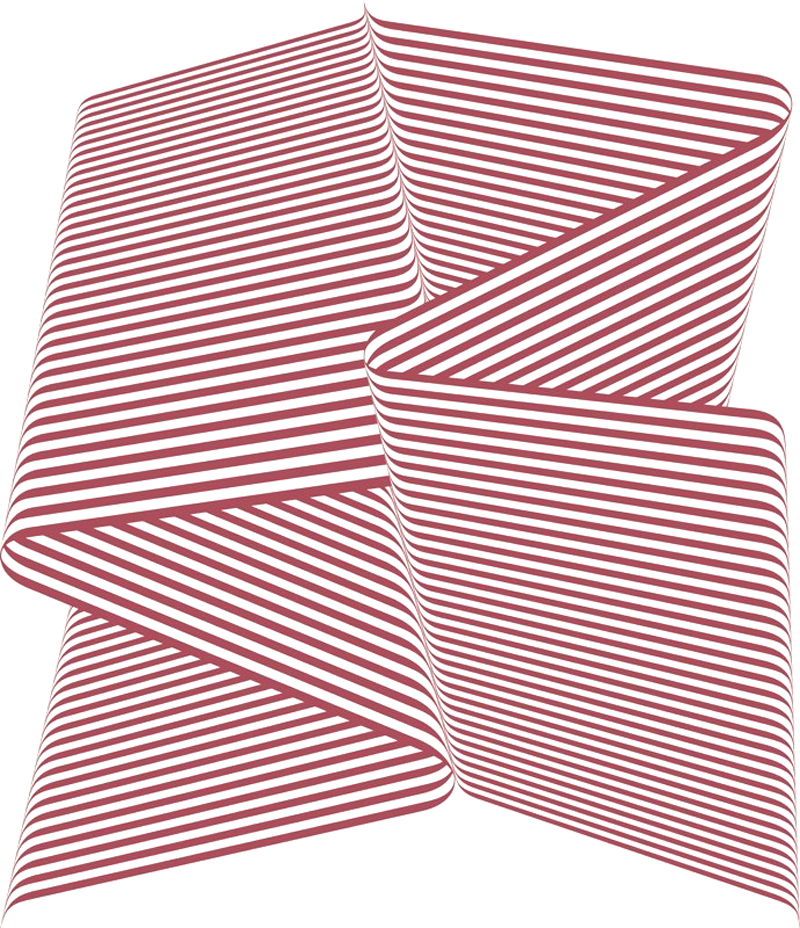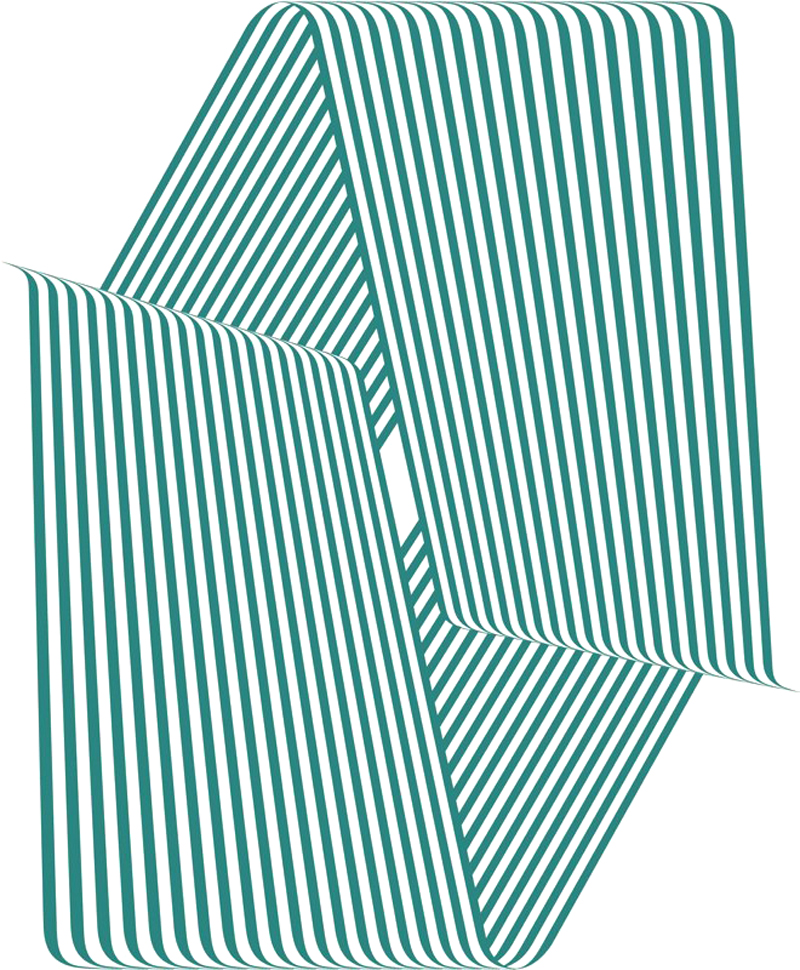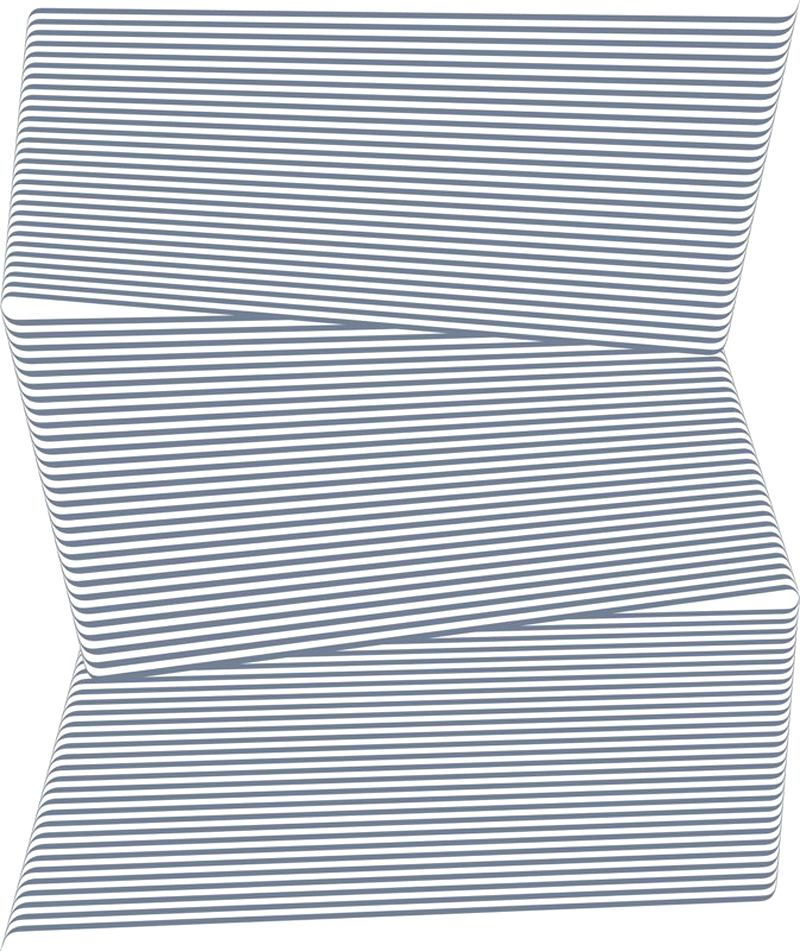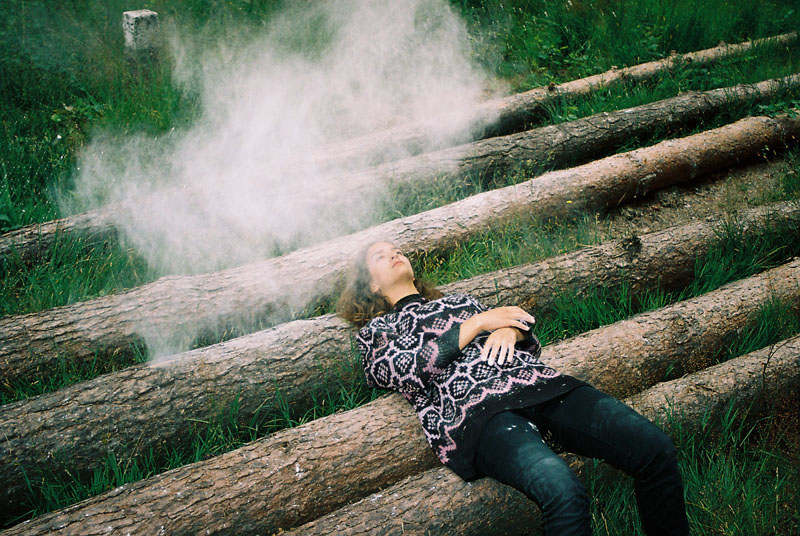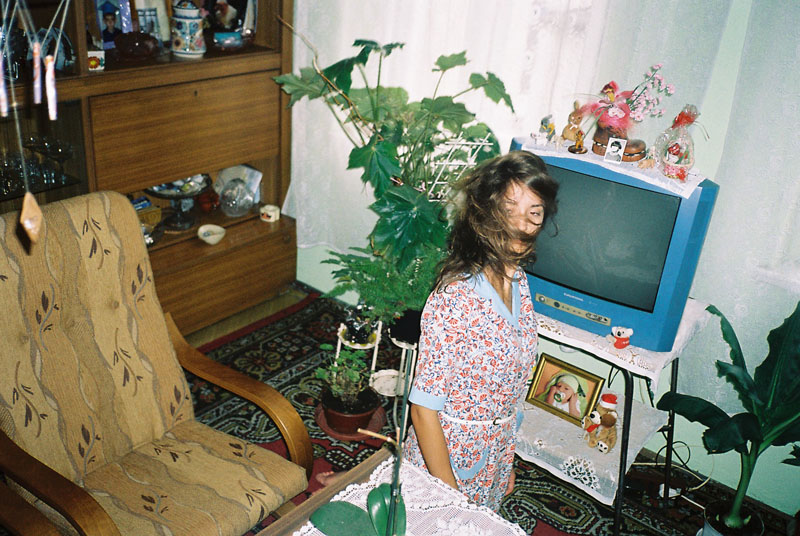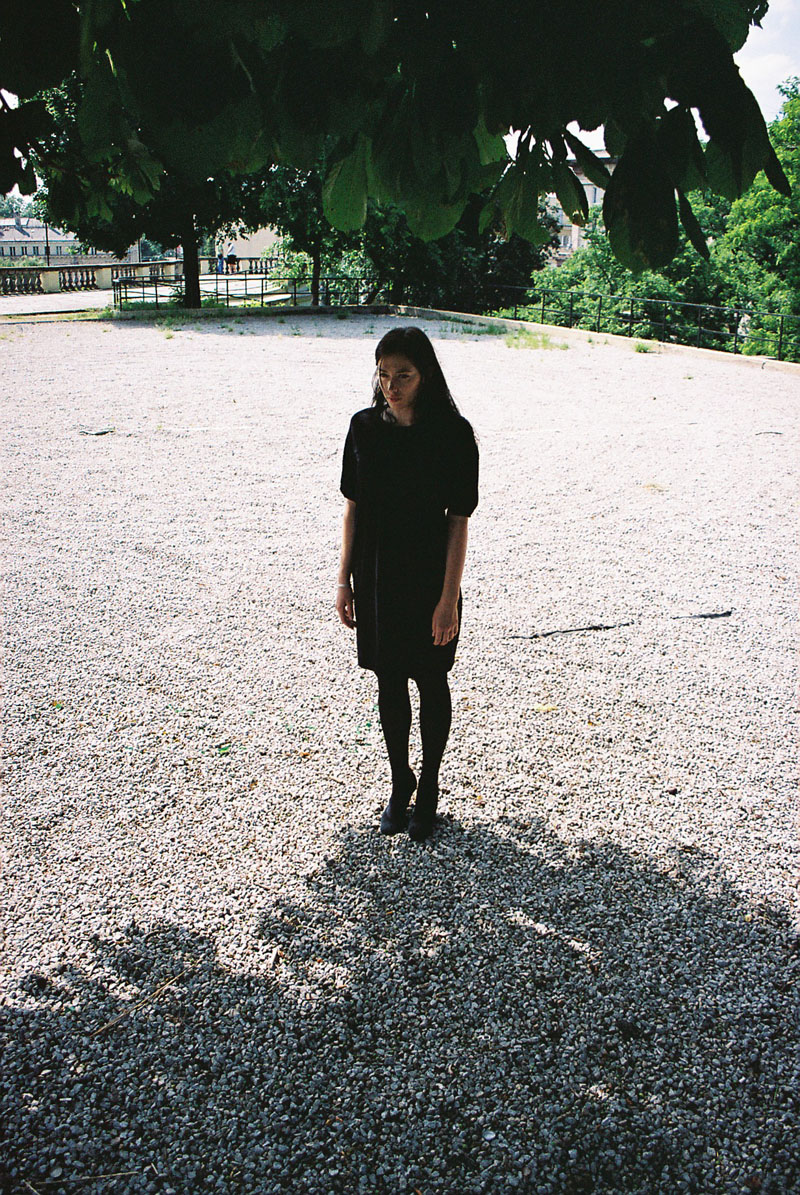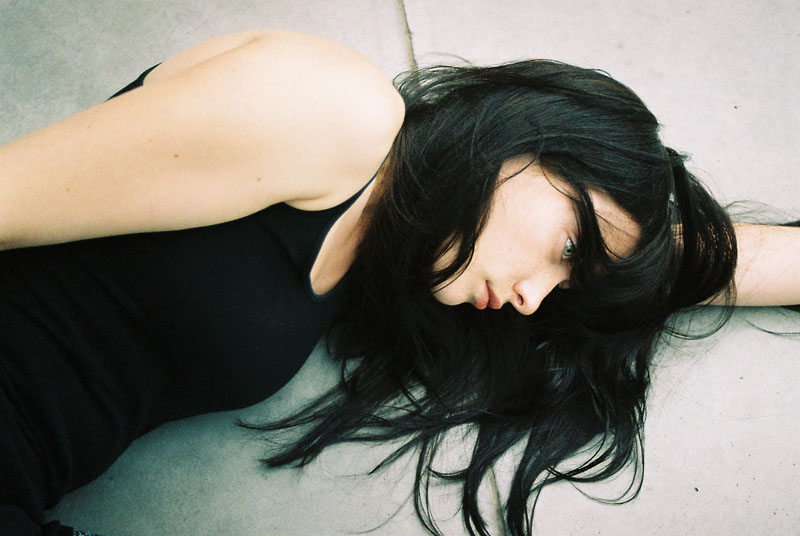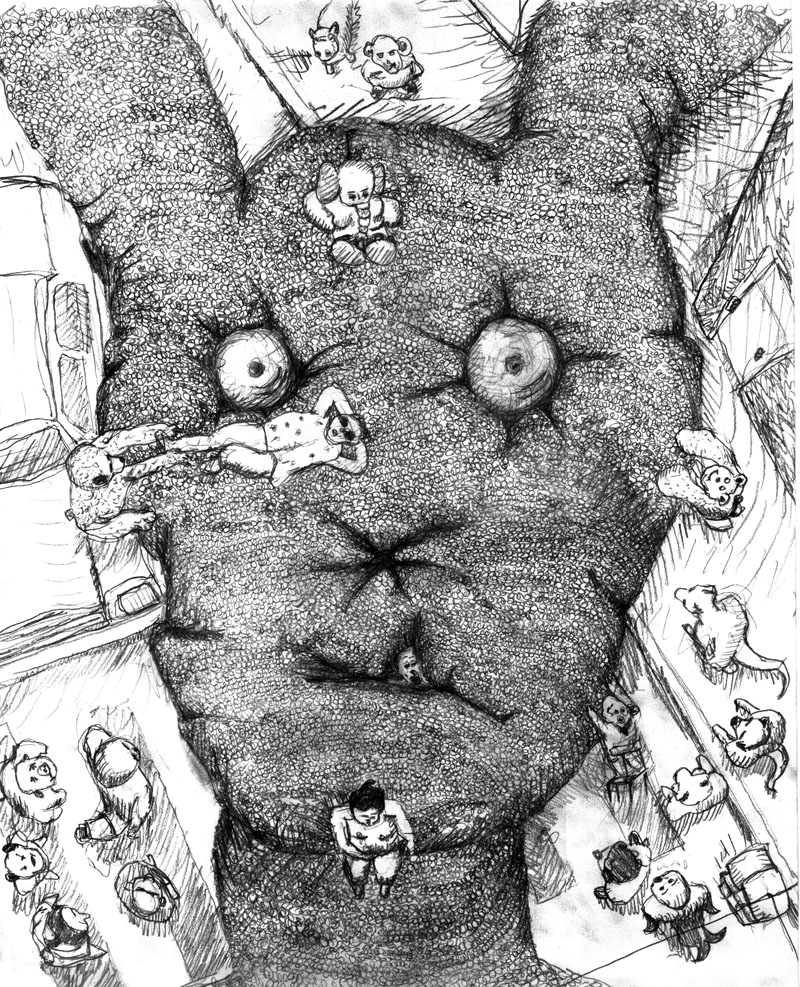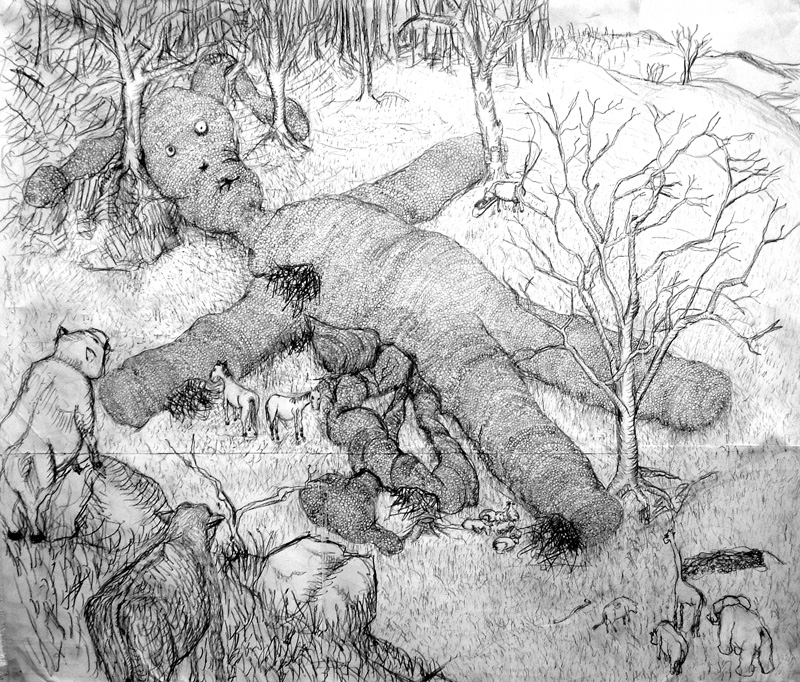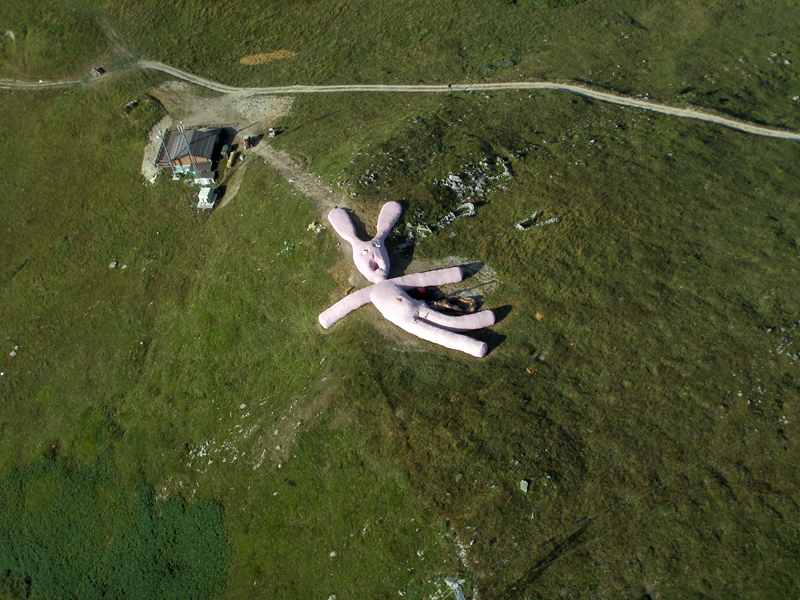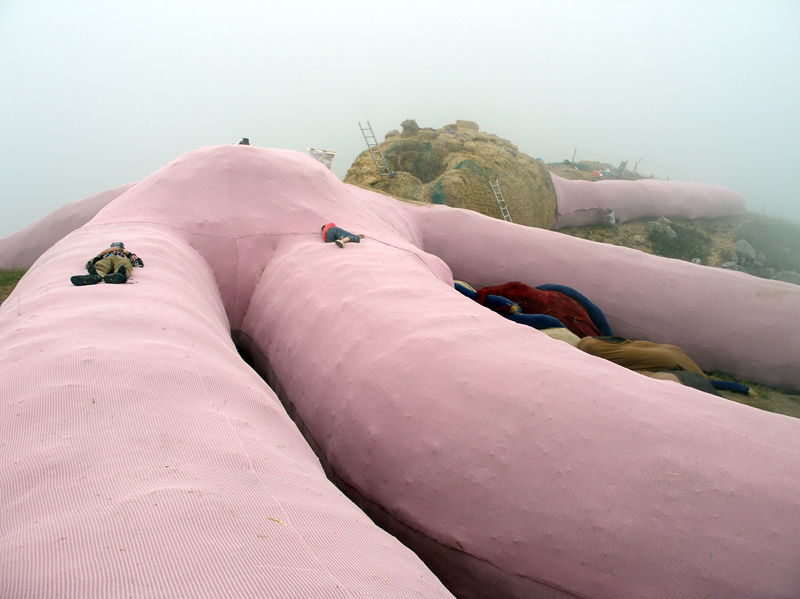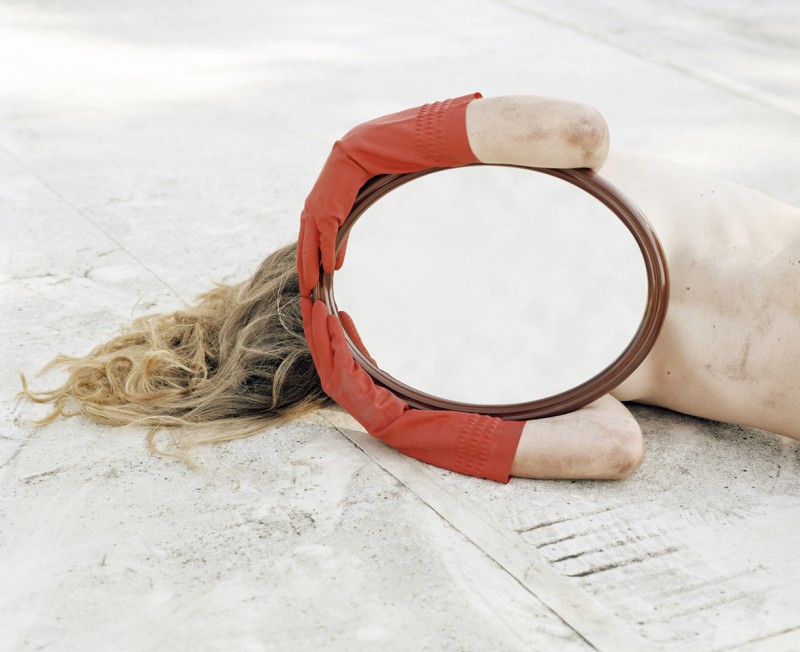

Neon Bubble. 2008
Neons, metalic, structure and black plexiglas/ 400 x 400 x 400 cm
Developed by DGZ research
–
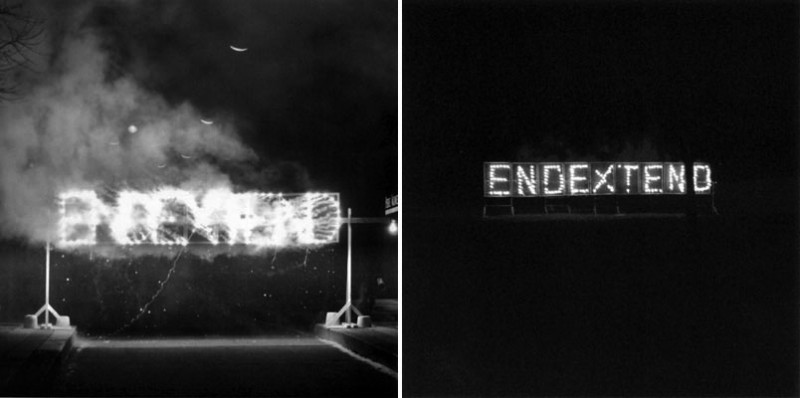
End Extend. 2006
Pyrotechnic animation
Variable dimensions
–
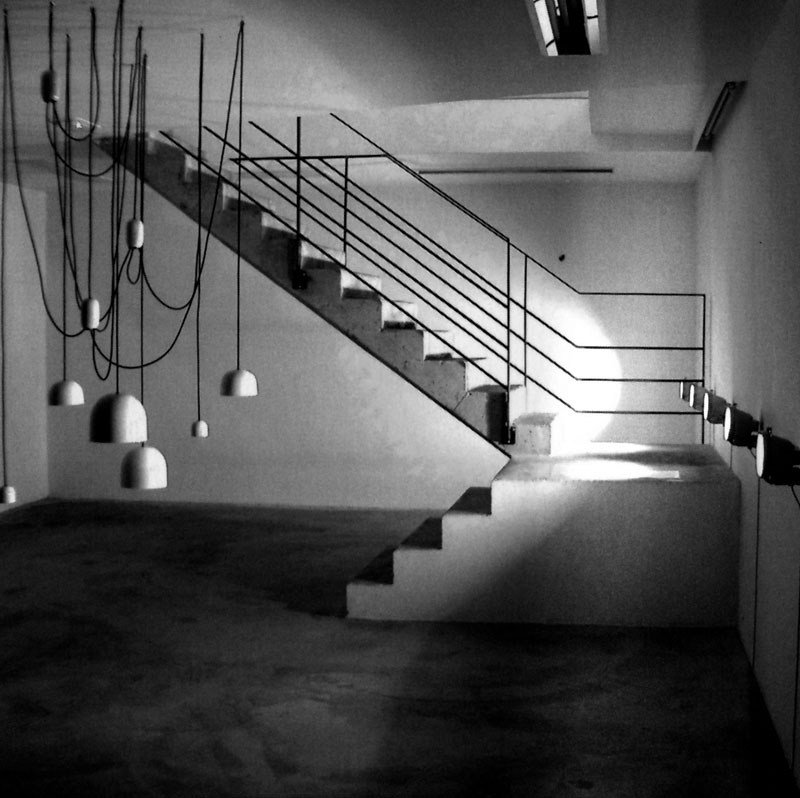
Spore Speakers. 2003
Sound installation. Variables dimensions
Designed by JAMES HELEY, Sound design by GERY MONTET
–

Crossfading Suitcase. 2004
Mixed media
160 x 550 x 150 cm
–

Never Was Two Minutes Ago. 2007
Black Mirror, mould hippopotamus
190 x 80 cm
–

Gunpowder Forest Bubble. 2008
44 trees sculptures covered with resin & gunpowder
Developed by VINCENT NÉVOT for GreaudStudio
–
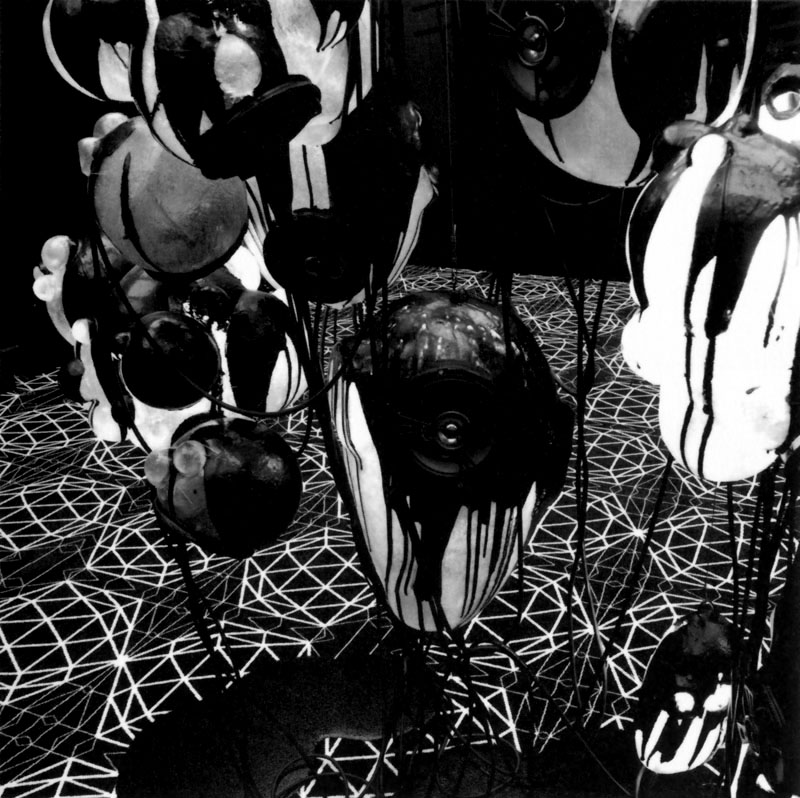

Spore Speakers. 2008
Resin, sound speakers, modified light bulbs
Developed by VINCENT NÉVOT for GreaudStudio
–

Devils Tower. 2006
Resine, paint, modified aluminium truck sculpture. 355 x 200 x 220cm
Developed by VINCENT NÉVOT for Gréaudstudio
–

part of Revolutionary Is A Revolutionary Weapons 2007
–
LORIS GRÉAUD is a French artist who has been considered as one of the most innovative and distinctive artists to emerge on the international art scene in recent years.
Fluctuating between the fields of film, sound and installation, GRÉAUD was trained in a variety of disciplines while attending the famous Conservertoire de Musique in Paris from which he got expelled after setting up a recording studio: “A studio to stop music” as the artist once stated. It was here where the artist also launched his own music label, Sibilance Production for the production and distribution of electronic music. Prior to his studies at the conservator, GRÉAUD‘s studies included filmmaking and some semesters of graphic design before he finally arrived at the Ecole des Beaux-arts de Paris Cergy. In 2004 he established the research studio DGZ (Dölger, Greaud, Ziakovic), in partnership with a designer and an architect, with the declared mission to ”cancel borders between disciplines“.
His work isn’t limited to one place or time, nor to the conventions of a typical museum exhibition. It boomerangs across disciplines, locations, time periods, even between reality and the immaterial. “I like creating beautiful stories that connect to make something vast, going beyond the public’s understanding or even mine,” he said. He refers to his process as an “empirical machine,” a production chain involving architects, musicians, engineers and historians and spanning fields as diverse as quantum mechanics and neurology. Comparing himself to an orchestra conductor, he guides each project while letting it take on a life of its own. It is not about passing on the command to someone else but it is indeed about creating a space for dialogue.
What could, at a first glance, be perceived as a scientific experience, is more appropriately related to philosophical and ethical issues. Three branches of research seem to coexist in the work of LORIS GRÉAUD: technology, perception, and belief. For the artist, to believe is often more interesting and more important than to see. The medium thus follows logically the idea, the shape follows the concept. – by FLORENCE DERIEUX







